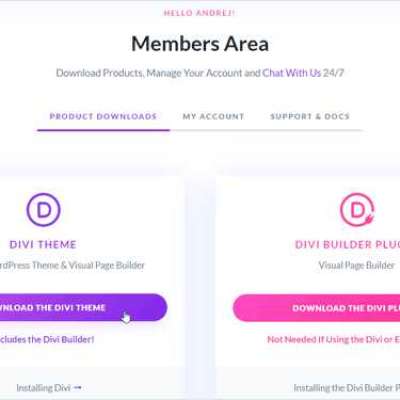? Mastering Web Development: The Power of Responsive Design ?
Responsive web design is not just a trend; it's a necessity in today's digital landscape. Let's delve into what responsive design is and why it's vital for modern web development.
What is Responsive Design?
Responsive web design is an approach that ensures your website adapts to different screen sizes and devices. It involves crafting a site's layout and functionality to provide an optimal viewing experience, whether you're on a large desktop monitor, a laptop, a tablet, or a smartphone.
Why is Responsive Design Crucial?
Mobile-Friendly: With the ever-increasing use of smartphones, having a responsive design ensures your website looks and functions well on mobile devices. This is critical since mobile users make up a significant portion of web traffic.
SEO Benefits: Search engines like Google prioritize mobile-friendly websites in their rankings. A responsive design can boost your SEO efforts, potentially increasing your visibility and traffic.
Enhanced User Experience: A responsive site provides a consistent and user-friendly experience across all devices. Users can navigate your content easily without the hassle of zooming or horizontal scrolling.
Lower Bounce Rates: When your website looks good and loads quickly on mobile devices, visitors are more likely to stay and explore. A responsive design can reduce bounce rates and improve user engagement.
Cost-Efficiency: Maintaining a single responsive site is more cost-effective than managing multiple versions for different devices. It streamlines development and maintenance efforts.
Future-Proofing: As new devices and screen sizes emerge, a responsive design ensures your website remains accessible and functional without the need for constant updates.
Tips for Implementing Responsive Design:
1. Start with a mobile-first approach to prioritize mobile users and then scale up for larger screens.
2. Use flexible grids and CSS media queries to adjust content and layout based on screen size.
3. Optimize images and other media for fast loading times on mobile devices.
4. Test your site on various devices and browsers to ensure a consistent experience.
Responsive design is not just a best practice; it's an expectation. If your website isn't responsive, you risk alienating a significant portion of your audience and missing out on valuable opportunities. As web developers, embracing responsive design is key to creating web experiences that adapt and thrive in an increasingly mobile-centric world. ??? #webdevelopment #responsivedesign #mobilefirst
Like
Comment
Share















